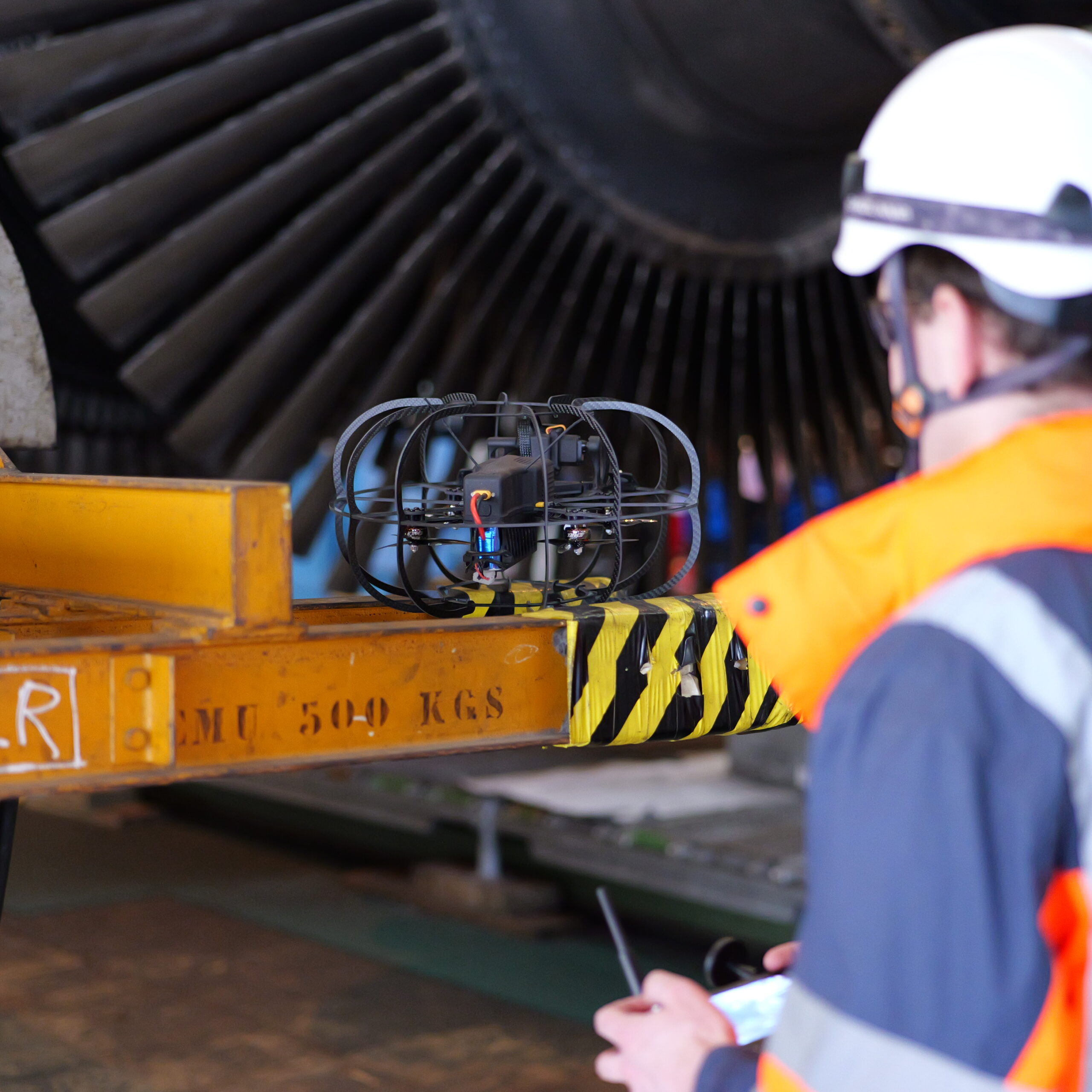Inspecting industrial infrastructures is an essential part of ensuring their proper operation, regulatory compliance and worker safety.
Yet these inspections are often complex, costly and sometimes risky when they involve human intervention in hazardous areas. Thanks to technological advances, drones and inspection robots have become key tools for modernizing these operations, bringing greater efficiency and improved inspection reliability. Among the most effective solutions on the market, the Stereo2 and Roview2 systems from Multinnov stand out for their ability to meet the specific challenges of confined environments and hard-to-reach infrastructures.
The importance of industrial inspections: a major challenge
In the energy, petrochemical, transport infrastructure and agri-food sectors, regular plant inspections are essential. It enables us to anticipate possible failures, avoid accidents and guarantee continuity of operations. Poorly maintained equipment can lead to staggering costs, whether in terms of repairs or unplanned production stoppages. What's more, certain infrastructures, such as storage tanks, industrial chimneys or pipelines, present high risks for operators, who often have to work at height or in confined spaces.
Traditionally, these inspections require scaffolding, rope access and prolonged shutdowns. In addition to being time-consuming and costly, these methods expose workers to significant hazards. Faced with these challenges, the integration of drones and inspection robots marks a decisive turning point for many industries.
Why choose drones for visual inspection?
The rise of drones in the industrial sector is more than just a passing fad: these technologies bring tangible, measurable benefits. First and foremost, their ability to operate in complex environments considerably reduces the risks to human operators. A drone can inspect an industrial chimney dozens of meters high, or explore a tank, without requiring direct physical intervention.
The other major advantage lies in the speed with which inspection missions can be carried out. Where a traditional inspection can take several hours or even days to prepare equipment and ensure worker safety, a drone is ready for use in a matter of minutes. This reactivity minimizes production interruptions and delivers results in near real time.
From an economic point of view, the use of drones also represents a significant reduction in costs. By reducing the need for scaffolding, cranes or specialized crews, companies can optimize their maintenance budgets while guaranteeing high-precision inspections. What's more, high-definition data collection, thanks to 4K cameras and advanced sensors, offers a quality of analysis far superior to conventional visual methods.
Solutions for every need: focus on Multinnov technologies
Because every industrial environment has its own specific constraints, it's essential to adopt the right solutions. Multinnova specialist in robotic inspection, offers two high-performance devices to meet distinct needs: the Stereo2an aerial drone designed for confined environments, and the Roview2a rolling and floating robot ideal for pipes and other hard-to-reach structures.
Stereo2: a flying drone for confined spaces
The Stereo2 is an innovative inspection drone, designed to operate in environments where GPS is inoperable, such as tunnels, tanks or technical galleries. Its stabilization system, based on stereoscopic vision, enables it to maintain a stable trajectory even in the absence of external landmarks.
One of its major assets is its powerful LED lighting, with up to 10,000 lumens, guaranteeing optimum visibility even in total darkness. Its 4K camera and real-time video feedback deliver exceptional image quality, making it easy to identify even the slightest structural defects.
With its compact 39 cm diameter format, it can fit into particularly tight spaces while capturing precise data. Designed to withstand dusty environments, it offers a reliable alternative to human inspection, limiting risks while increasing control efficiency.
Roview2: a rolling and floating robot for complex infrastructures
If the Stereo2 excels in confined aerial environments, the Roview2is designed to explore more challenging environments, including pipes, basins and semi-submerged structures. This hybrid inspection robot can roll over dry surfaces while floating in water, enabling it to operate in contexts where no other device could operate effectively.
Equipped with a high-definition camera mounted on an adjustable turret, it offers 360° panoramic vision, essential for detecting any anomalies in underground or submerged infrastructures. Its real-time transmission enables operators to monitor the inspection remotely, and to take immediate decisions if a problem is detected.
Its rugged design and adaptability make it a particularly popular tool for ITV (Televisual Pipe Inspection) inspections, a sector where data accuracy and reliability are crucial. Thanks to Roview2it is now possible to carry out these inspections without the need to dry the pipes beforehand, thus reducing intervention times and costs.
A future focused on innovation and safety
The rise of drones and inspection robots in industry has only just begun. With increasingly high-performance technologies and solutions adapted to the most demanding environments, these devices are becoming essential allies in optimizing industrial maintenance. By reducing human risks, speeding up inspection processes and offering unrivalled precision, they are playing a key role in the digital transformation of companies.
Multinnovwith innovations such as the Stereo2 and the Roview2perfectly illustrate this evolution, offering solutions adapted to the challenges of the field. Investing in these technologies means not only improving the safety and efficiency of inspections, but also ensuring proactive infrastructure management, minimizing unforeseen events and maximizing industrial performance.
Drone and robot inspection thus represent a major step forward for all industries concerned with innovation, optimization and safety. As these technologies evolve, they will play an increasingly central role in infrastructure management, paving the way for smarter, more efficient maintenance.


